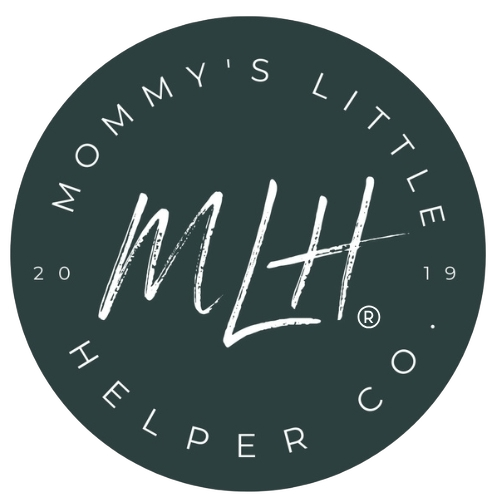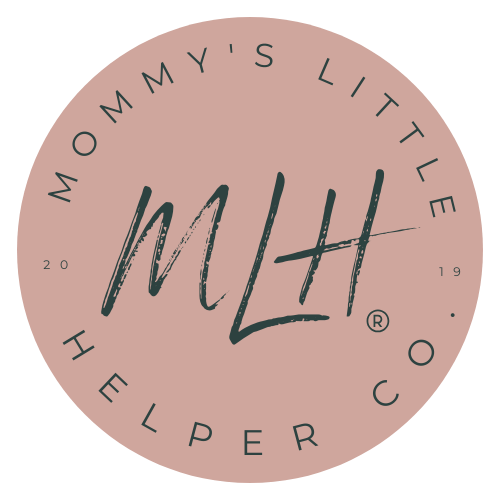
Handling Tantrums When Leaving Fun Places
As a mom, I know all too well how tough it can be when it’s time to leave the playground or any fun place, and your toddler suddenly turns into a puddle of emotions. One minute, they're giggling down the slide; the next, they’re flat on the ground screaming, “Noooo!” We've all been there, and if you’re reading this, you’re probably trying to figure out how to make these transitions a little smoother. You’re not alone, and you’re doing a great job.
Let’s talk about tantrums, why they happen, and how you can help your little one manage them with confidence, patience, and love.
Why Tantrums Happen When Leaving Fun Places
For toddlers, time is a tricky thing. They live completely in the now. So when they’re having fun, whether it’s running around a playground or climbing their favourite indoor playsets, the idea of stopping that joy feels like a loss. They’re not being “bad”; they’re overwhelmed.
Toddlers are still learning how to deal with big emotions. Leaving something they enjoy can feel like their whole world is ending, even if we know there’s another adventure waiting right around the corner, like snack time or playtime at home with their wooden toys.
Prepare Them in Advance
A big part of making transitions easier is giving your child a little heads-up.
Try this:
Before you even get to the playground or play café, let your child know how long you’ll stay. Say something like, “We’re going to play for 20 minutes, then we’ll head home for lunch and play with your play furniture in the living room.”
When it’s almost time to go, give a five-minute warning. “Okay, sweetheart, five more minutes and then we’re going home.”
Toddlers don’t understand time the way we do, but regular reminders help them feel more in control of their time.
Keep Routines Predictable
Little ones thrive on routine. If you always go to the playground before lunch and then home for quiet time, stick to it. Predictable patterns make transitions easier and reduce meltdowns.
You can also create a “leaving routine.” For example:
-
Say goodbye to the slide.
-
Wave at the swings.
-
Count the steps back to the car.
This mini-routine gives them a sense of closure and something to focus on other than the fact that playtime is over.
Offer Choices
Sometimes, all a toddler wants is to feel like they have a say. Offering small choices gives them a sense of power, which can ease the struggle.
Try asking:
-
“Do you want to walk or hop to the car?”
-
“Should we sing your favourite song on the way home or count the birds we see?”
These little decisions make a big difference in preventing a full-blown tantrum.
Stay Calm During a Tantrum
Even with all the preparation in the world, tantrums can still happen. When they do, your job isn’t to fix it: it’s to stay calm and help your child feel safe.
Take a deep breath. Get down to their level. Use a soft, steady voice and say something like, “I see you’re upset. You really want to stay and keep playing. That’s hard. But it’s time to go now.”
Avoid yelling or giving in. Staying consistent and calm is the most helpful thing you can do. Your child learns how to handle emotions by watching how you handle them.
Use Positive Reinforcement
After the tantrum is over, praise your child for calming down.
“Thank you for using your walking feet to get to the car. That was really helpful.”
“You were sad to leave, but you took deep breaths and did a great job.”
Positive reinforcement helps build emotional regulation over time. It might not stop the next tantrum, but it will help shape future behaviour.
Make Home Just as Fun
Sometimes, toddlers get extra upset because they think the fun is only outside the house. But home can be just as magical, especially with the right environment.
That’s where things like indoor slides, wooden toys, and thoughtfully designed play furniture come in. Creating a safe, imaginative play space at home gives your child something to look forward to after leaving the park or party.
A learning tower in the kitchen, a mini slide in the living room, or a cozy play nook with wooden blocks can make the transition from outside fun to inside comfort a whole lot smoother.
Empathize Even If You Don’t Agree
Toddlers don’t always need you to fix their feelings. They just want you to feel them.
Saying “I understand” can go a long way:
-
“You’re really mad because you were having so much fun.”
-
“It’s hard to leave the playground, I get it.”
When kids feel heard, they’re more likely to calm down and trust that you’re on their side.
Know That It Gets Easier
If you’re in a season where every outing ends in tears, hang in there. This stage doesn’t last forever. Every time you handle a meltdown with grace and consistency, your child is learning. They're learning to cope, to listen, and to trust that they’re loved even when they’re upset.
Final Thoughts
Tantrums when leaving fun places are completely normal. They don’t mean you’re doing anything wrong. They simply mean your child is learning how to handle disappointment, and you're helping them every step of the way.
By using gentle strategies like giving warnings, offering choices, creating routines, and making your home just as exciting, you can make these tough moments more manageable.
If you're looking to bring the fun home, check out our collection of thoughtfully designed play furniture and learning towers at Mommy’s Little Helper Co.




